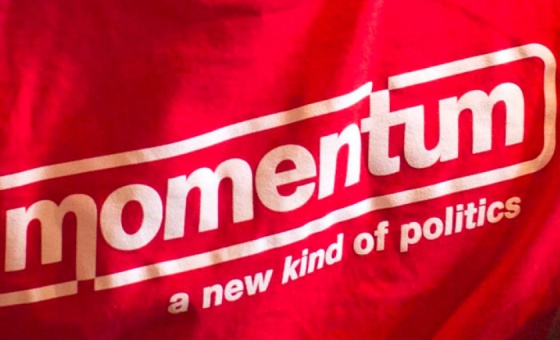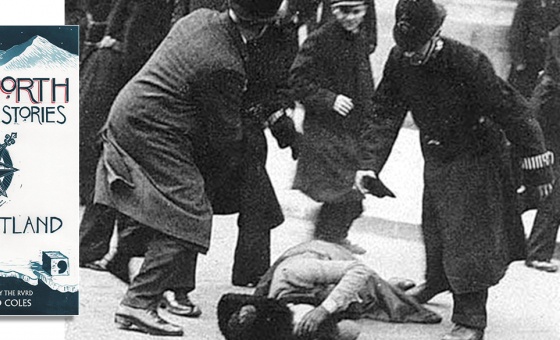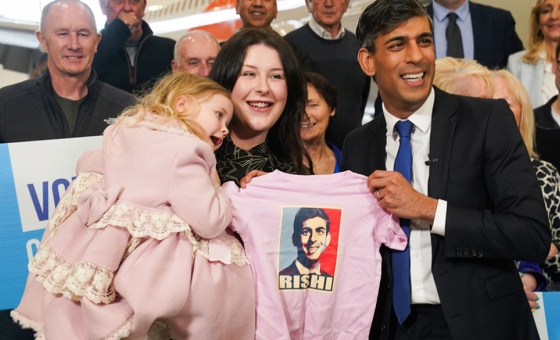This is the last article you can read this month
You can read more article this month
You can read more articles this month
Sorry your limit is up for this month
Reset on:
Please help support the Morning Star by subscribing here
ONE of the classic old saws in the rarefied world of boxing folklore is that what happens in the gym stays in the gym.
In other words, what occurs during a given training camp in sparring remains the preserve of the fighters involved and their respective teams present. But this culture of secrecy or confidentiality has increasingly come under attack in an age when prize money at the top level is so huge that anything goes is now the rule.
The latest instalment of such revolves around the rumours surrounding Tyson Fury’s preparations for his upcoming heavyweight undisputed battle against Ukraine’s Oleksandr Usyk in Riyadh on February 23. If to be believed, Australian cruiserweight champion Jai Opetaia, during just five rounds of sparring, recently dropped the self-styled Gypsy King to the canvas.
Said rumours have been disputed by others within the Fury camp, but regardless they remain pervasive across the boxing commentariat. This to the point where many have become convinced that Fury’s is a career now in decline.
Any fighter can and does get dropped in sparring, of course. It comes with the territory, after all. Or at least, it should. But when it comes to an undefeated heavyweight world champion an aura of invincibility is carried like a shield, part of his critical psychological armour and never more so as he prepares to face a fellow undefeated champion for all the marbles in an undisputed clash.
These rumours may well have been purposely stirred up by Fury and his team, spread to give Usyk a false sense of confidence in the lead-up to the fight — part of the mind games that fighters at the elite level engage in with the aim of gaining a psychological edge.
Sparring and fighting in competition are not the same. In sparring a fighter should be allowed to make mistakes as he or she experiments with different combinations and patterns. Sparring is a fighter’s laboratory in this regard, and always has been.
When Muhammad Ali was getting ready to face George Foreman in the legendary Rumble in the Jungle in Africa in 1974, there is footage of him in training allowing a young and fierce Larry Holmes lace him up with punches as he lay on the ropes, mimicking the rope-a-dope he would deploy with stunning effect on the way to arguably his most famous ring triumph.
Legend has it that Sugar Ray Leonard’s classic performance against Marvellous Marvin Hagler came as a direct result of being dropped in sparring three weeks prior. His original gameplan, established with the help of legendary trainer Angelo Dundee, is said to have in involved going toe-to-toe with Hagler and slug it out in the centre of the ring. However, upon being dropped in the process of preparing to fight that way, he adapted by embracing instead fighting on the back foot and countering in classic matador style.
On a personal note, watching James “Lights Out” Toney spar was always a treat. In 2003 I was there at Wild Card Boxing Club as he prepared to face then IBF cruiserweight king Vasily Jirov. The fight was Toney’s chance at redemption, having spent the previous few years cast out into the boxing wilderness due to personal issues outside the ring.
James Toney was as old school as they come. Not for him the convention of hitting the various bags, jumping rope, and pad or mitt work. His entire training routine centred around hard sparring.
In they would troop, his various sparring partners, each of them selected to provide him with different looks — power, speed, footwork — and each of which he proceeded to take to school. Judicious use to the shoulder roll, or Philly Shell, meant that landing a clean shot on Toney fell into the category of mission impossible. Not happy just to outperform his sparring partners, Toney relished haranguing and berating them mercilessly throughout.
“Come on, boy! That it?! That all you got?!”
Toney went on to defeat Jirov in what remains an all-time classic 12-round war.
Later the same year, Toney fought Evander Holyfield at heavyweight. Just consider that for a second. Having gone up to cruiserweight from super-middleweight, here he was going up in weight again to the blue riband division to fight not just any old heavyweight, but an all-time great in the shape of a by now admittedly in decline Holyfield.
In preparation for this challenge, he employed five giants to come at him like steam trains and prepare mentally and physically for the jump up in weight, allowing them to tee-off on him with thunderous right hands, hooks and uppercuts.
Watching it all unfold in the gym, you couldn’t help but be in awe of the courage and toughness of the man — and also troubled by his recklessness in taking so many thundering shots, particularly to the head.
Toney went on to prevail against Holyfield, and thereafter both men fought on long past the point of diminishing returns, health-wise. Those who watches Toney sparring at Wild Card Boxing Club over much of 2003, it will have come as no surprise.
A boxer’s best friend is adversity and his worst is time. Too much of either is a sworn enemy.












